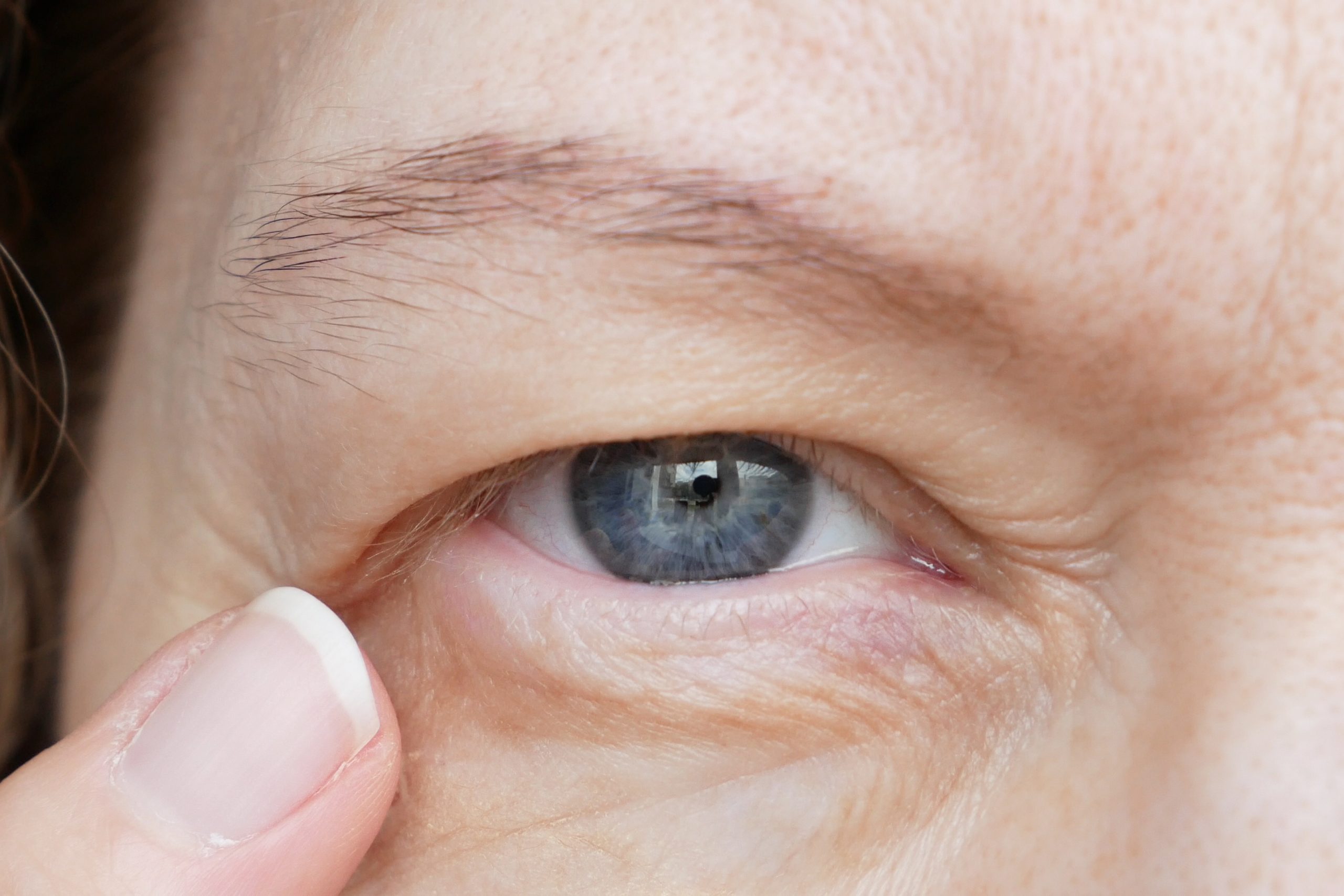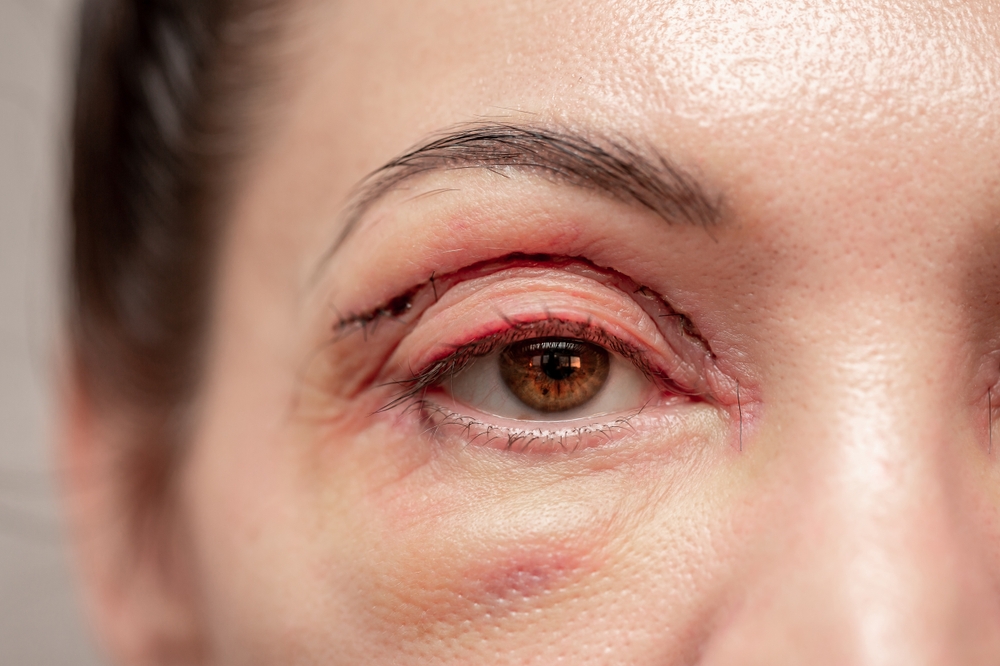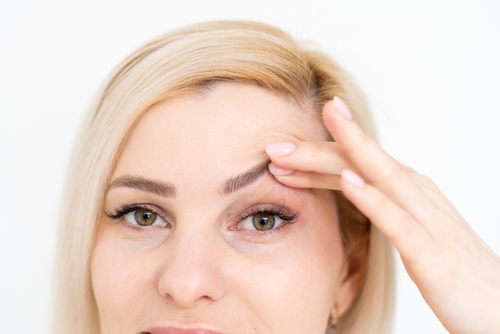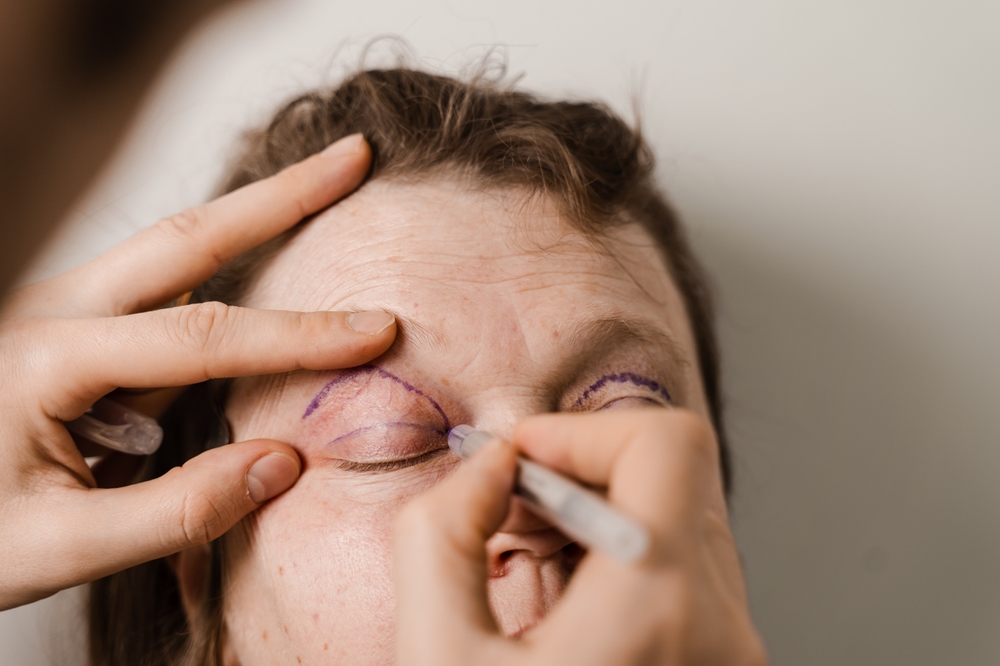
The skin around your eyes is extremely delicate, which is why the eye area is often the first place you start to notice the signs of aging. As you age, the skin around the eyes loses elasticity, causing your eyelids to sag and allowing fat to collect into dreaded undereye bags.
You can rejuvenate the appearance of your eyelids with a surgical procedure called blepharoplasty. Also known as an eyelid lift, a blepharoplasty is a cosmetic procedure that removes excess skin tissue, muscle, and fat from the eyelids to restore the appearance of the eye area.
A blepharoplasty can address issues like sagging upper eyelids and puffy or baggy lower eyelids, giving you a fresher, more youthful appearance. It can be performed on the upper eyelid, the lower eyelid, or both at the same time.
If you think a blepharoplasty might be the right way for you to rejuvenate your eyelids, keep reading to understand what happens during eyelid rejuvenation surgery!
What Happens Before Eyelid Rejuvenation Surgery?
To achieve the best possible results, it’s important that you follow certain steps.
Consultation

A comprehensive consultation is the first step in preparing for a blepharoplasty procedure. During this consultation, your eye surgeon will examine your eyelids, discuss your expectations, address concerns, and review your medical history to ensure you are a good candidate for the procedure.
Medical Evaluation
As with all procedures, a thorough medical examination ensures you’re healthy enough to undergo a surgical procedure. The eye surgeon will also check for existing eye conditions, like dry eyes and glaucoma, that might affect surgical outcomes.
Planning
To prepare a patient for the procedure, pre-surgery preparations include a step-by-step explanation of the procedure and instructions on post-operative care.
What Happens During the Blepharoplasty procedure?
During the blepharoplasty procedure, you can expect the following steps:
Anesthesia
The procedure begins with the administration of anesthesia. Typically, this involves local anesthesia to numb the eyelid area so you are comfortable.
Marking the Incisions
The eye surgeon will mark the areas where incisions will be made. These markings guide the eye surgeon as they perform the procedure, ensuring the removal of the appropriate amount of skin tissue and fat.
Making the Incisions
For the upper eyelid, the incisions are typically made with the eye’s natural crease, making them less noticeable after they heal. For the lower eyelid, incisions can be made just below the lash line or inside the lower eyelid.
Removing or Repositioning
Once the incisions have been made, the surgeon removes excess skin and unwanted fat. If performing a lower blepharoplasty, they may reposition fat to eliminate puffiness or bags under the eyes.
Closing the Incisions
To complete the procedure, the incisions are then closed with tiny stitches or dissolvable sutures. Stitches made with surgical thread are usually removed within a week while the body absorbs dissolvable sutures.
Applying Dressing
Small sterile bandages may be applied to protect the incisions. An antibiotic ointment is sometimes used to keep the eye area germ-free.
What Happens After Blepharoplasty?
Once the blepharoplasty procedure is complete, post-surgery care and recovery typically involves:

Initial Recovery
Patients are monitored in a recovery room. Since your vision may be slightly blurry due to the ointment, you will likely need someone to drive you home.
Managing Discomfort
Pain and discomfort following a blepharoplasty procedure are generally mild and can usually be managed with prescription or over-the-counter pain medication. Ice packs or cold compresses can help with any swelling or bruising around the eye.
Eye Care
Immediately following surgery, patients should use lubricating eye drops to prevent dryness and irritation. They should avoid rubbing their eyes and engaging in activities that could cause eye strain, like reading or looking at an electronic screen.
Activity Restrictions
Blepharoplasty patients are advised to avoid strenuous activity, such as bending, lifting, and swimming, for a few weeks post-surgery. When outside, they should wear sunglasses to protect their eyes from the sun and wind.
What Results Can I Expect After Blepharoplasty?
While individual results vary, most patients can expect the following:
Immediate Effects
The eyes may appear swollen and bruised initially, but these side effects are temporary and will subside within a few weeks.
Long-Term Results

By about the fourth week, most patients start to notice the results of the procedure. Their eyes will begin to appear more alert and youthful-looking!
It can take a few months for the full results of blepharoplasty to be realized. Any scarring from incision lines is usually well-concealed with the eye’s crease and will fade over time.
Unlike injectable cosmetic treatments that last only three to four months, a blepharoplasty can give you long-lasting results. With attentive skin care and vigilant sun protection, the results of a blepharoplasty can last a long time.
You don’t have to let the effects of aging on your eyelids add unwanted years to your appearance. With eyelid rejuvenation surgery, your eyes can look as young as you feel!
Do you want to learn if blepharoplasty may be right for you? Schedule an appointment at Northeastern Eye Institute in Scranton or Forty Fort, PA, today!